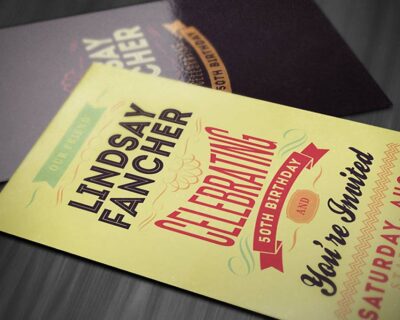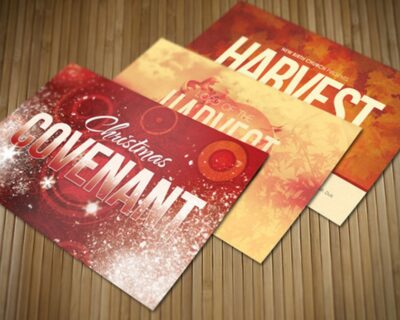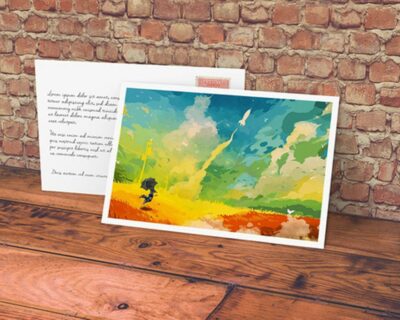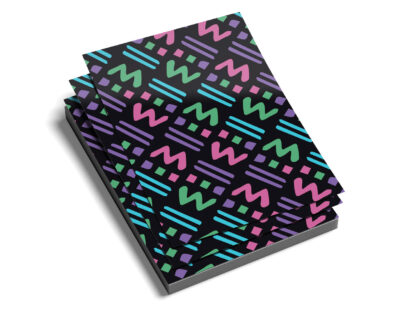Frequently Asked Questions
What is a glossy postcard?
A glossy postcard is a high-quality printed card with a shiny, reflective coating that enhances the colors and gives it a polished appearance.
What is a good paper weight for postcards?
A good paper weight for postcards typically ranges from 250 to 350 gsm (grams per square meter) to ensure durability and a premium feel.
What is a matte postcard?
A matte postcard is a type of postcard that has a non-glossy, smooth finish, providing a more subdued and elegant look.
What is the difference between matte glossy and uncoated business cards?
Matte business cards have a non-reflective finish, glossy business cards have a shiny and reflective finish, while uncoated business cards have a natural and textured feel.
What is the difference between matte finish and pearlized paper?
Matte finish paper has a smooth, non-reflective surface, while pearlized paper has a subtle shimmer and iridescent effect.
What is the difference between matte paper and glossy paper?
Matte paper has a non-reflective surface that provides a soft, muted finish, while glossy paper has a shiny, reflective surface that enhances colors and creates a vibrant look.
What is the difference between matte and cardstock?
Matte refers to a smooth, non-glossy finish, while cardstock is a thick and sturdy paper type.
Can any paper be a postcard?
No, not any paper can be used as a postcard due to specific size and weight requirements.
What are old postcards called?
Old postcards are commonly referred to as vintage postcards.
What are old postcards made of?
Old postcards are typically made of paper or cardstock, often with a glossy or matte finish.
What were old postcards made of?
Old postcards were typically made of sturdy cardstock or paperboard, often with a glossy finish on the front side.
Why do people buy vintage postcards?
People buy vintage postcards for their nostalgic appeal, unique designs, and historical significance.
Why are postcards cheaper?
Postcards are cheaper due to their smaller size, lower production costs, and simplified design requirements compared to other printed materials.
What materials are postcard printed on?
Postcards are typically printed on sturdy cardstock or paperboard materials, such as gloss or matte coated stock, to ensure durability and enhance visual appeal.
Are postcards worth keeping?
Postcards are worth keeping as they serve as tangible reminders of special moments, evoke nostalgia, and can be displayed or collected for aesthetic purposes.
Should postcards be glossy?
Postcards can benefit from a glossy finish as it enhances the visual appeal, protects against wear and tear, and allows for vibrant colors and sharp images.
Do postcards need to be thick?
Postcards do not necessarily need to be thick, but a thicker cardstock can provide a more durable and premium feel.
Are postcards outdated?
Postcards may be considered outdated by some, but they still hold value as a tangible and personal form of communication in today's digital age.
What are the disadvantages of postcards?
Postcards may have limited space for information and lack privacy due to their open nature.
What are the scuff marks on postcards?
Scuff marks on postcards refer to abrasions or scratches that occur during the printing, handling, or transportation process.
What cardstock is best for postcards?
The best cardstock for postcards is a heavyweight option, typically ranging from 14pt to 16pt, as it provides durability and a professional look.
What finish is best for postcards?
The best finish for postcards depends on the desired aesthetic and functionality, but popular options include glossy, matte, and satin finishes.
What is the best material for postcards?
The best material for postcards is a high-quality, thick cardstock that is durable and can withstand the rigors of mailing.
What is the best paper to print greeting cards on?
The best paper to print greeting cards on is a high-quality cardstock with a weight of at least 300gsm, providing durability and a luxurious feel.
What is the best paper weight for postcards?
The best paper weight for postcards typically ranges from 250 to 350 gsm, ensuring durability and a premium feel.
Is glossy or matte better for postcards?
The choice between glossy or matte finish for postcards depends on the desired aesthetic and the intended use of the postcards.
Should postcards be glossy or matte?
The choice between glossy or matte postcards depends on the desired aesthetic and the intended use of the postcards.
Is matte or glossy better for cards?
The choice between matte or glossy finish for cards depends on the desired aesthetic and functionality, with matte offering a more elegant and sophisticated look, while glossy provides a vibrant and eye-catching appearance.
Should postcards be matte or glossy?
The choice between matte or glossy postcards depends on the desired aesthetic and the intended use of the postcards.
What is the difference between a postcard and a post card?
The difference between a postcard and a post card lies in the spelling, with "postcard" being the correct and widely accepted term.
What is the most efficient postcard size?
The most efficient postcard size depends on the specific requirements and objectives of the design, but common sizes such as 4x6 inches or 5x7 inches are often used due to their cost-effectiveness and compatibility with postal regulations.
How do you tell if a postcard is a real photo?
To determine if a postcard is a real photo, carefully examine the image for sharpness, clarity, and details that are consistent with photographic quality.
How do you make a postcard stand out?
To make a postcard stand out, incorporate eye-catching visuals, use bold colors and typography, include a unique design or illustration, and ensure the message is concise and impactful.
How do I prepare a postcard for printing?
To prepare a postcard for printing, ensure that the design is high-resolution, use CMYK color mode, set the correct bleed and trim marks, and save the file in a print-ready format such as PDF.
How do you not smudge a postcard?
To prevent smudging on a postcard, ensure that the ink is completely dry before handling or mailing it.
Can cardstock be used as a postcard?
Yes, cardstock can be used as a postcard due to its durability and thickness, making it suitable for mailing purposes.
Can you mail glossy postcards?
Yes, glossy postcards can be mailed as long as they meet the standard size and weight requirements set by postal services.
Can you write on matte postcards?
Yes, matte postcards can be printed on to achieve a sophisticated and elegant finish.
Do postcards need bleed?
Yes, postcards typically require a bleed to ensure that the design extends beyond the trim area and prevents any white edges when trimmed.
Do wooden postcards need more postage?
Yes, wooden postcards typically require additional postage due to their non-standard shape and weight.








